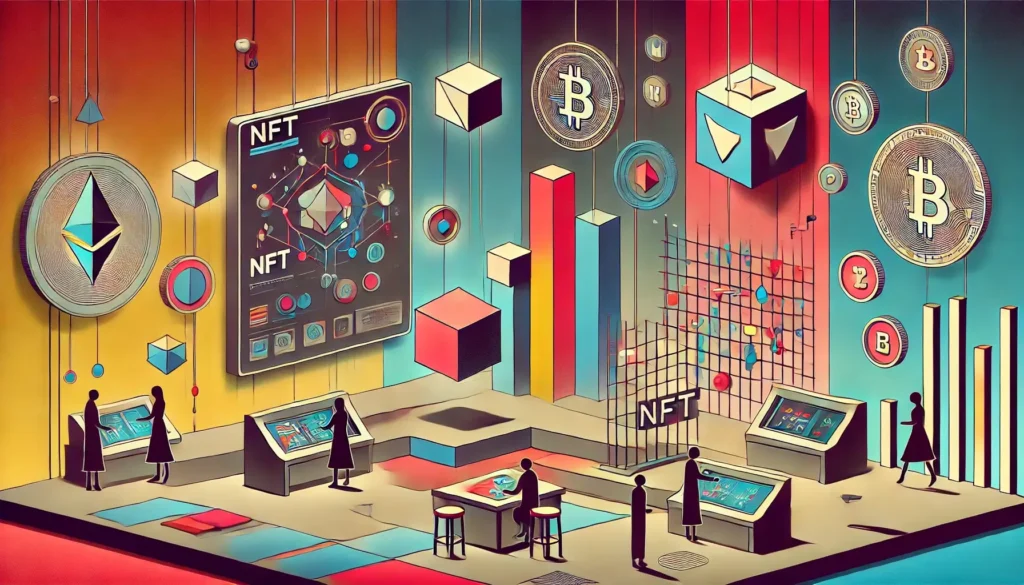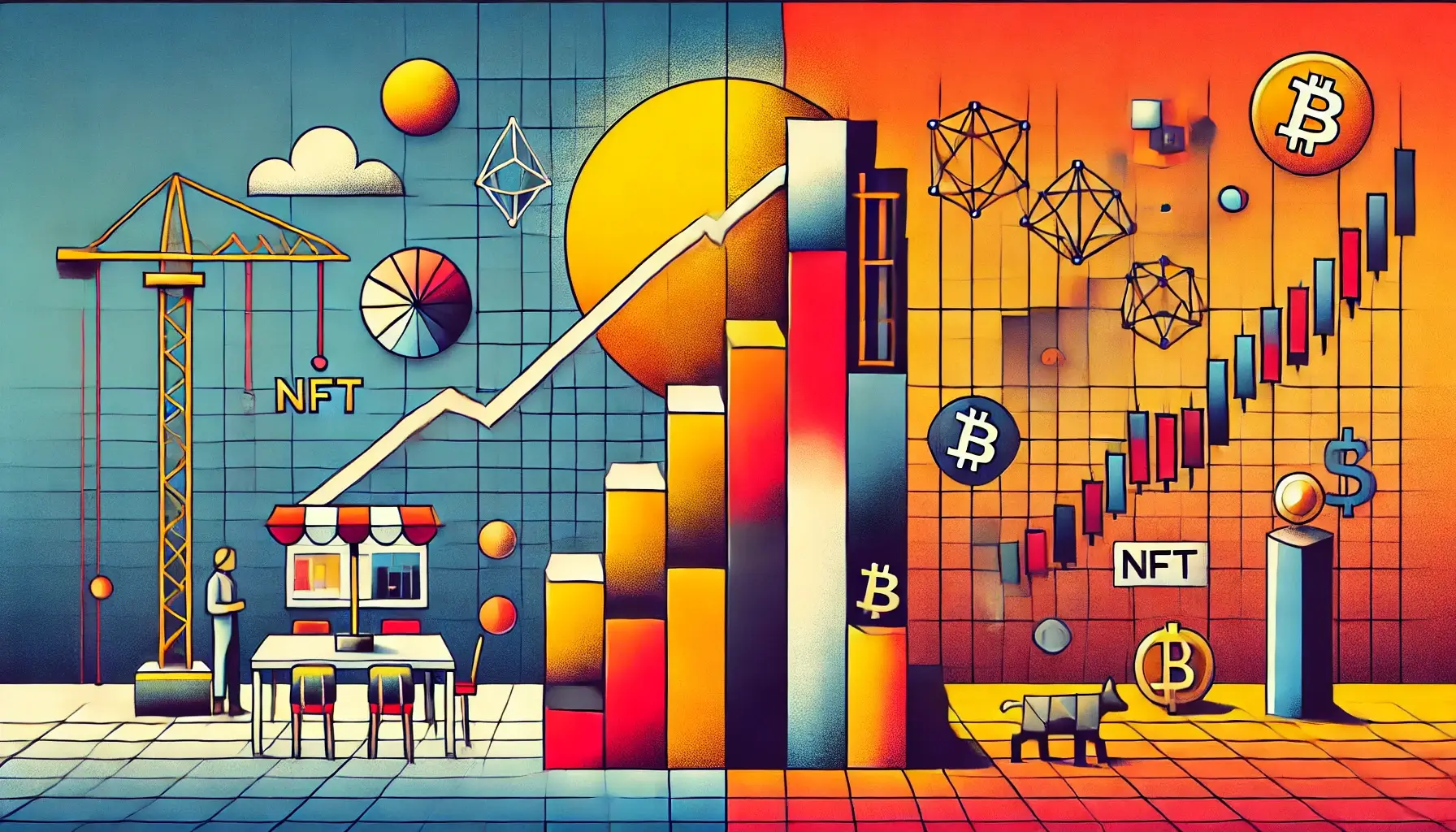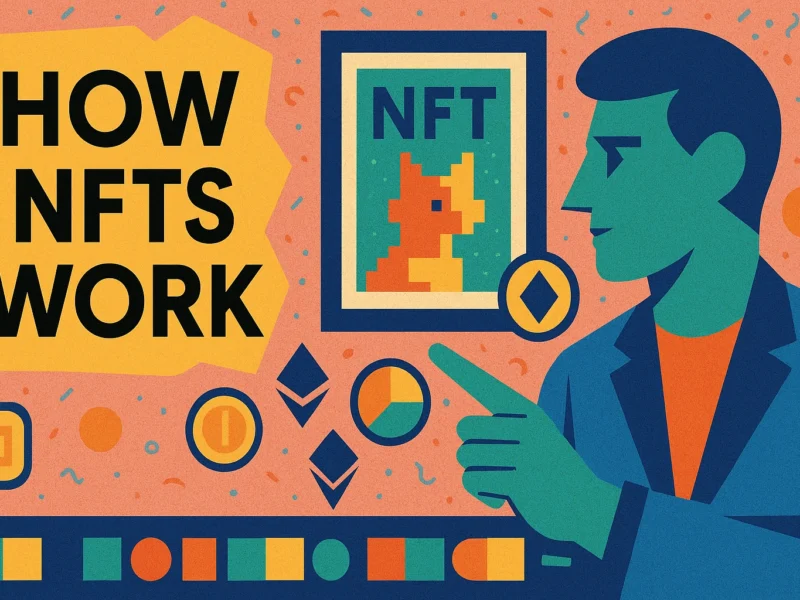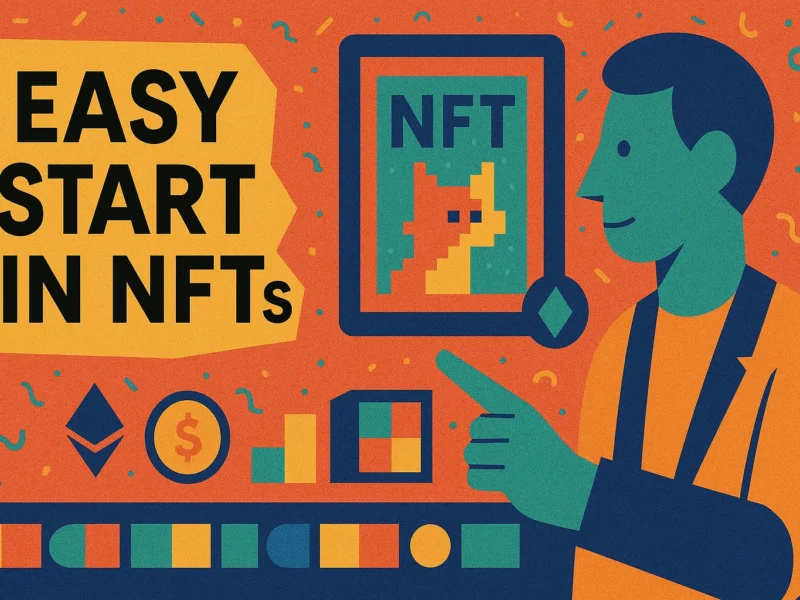Takeaways
- NFTs disrupted digital ownership, but the hype has cooled.
- Environmental concerns and speculation contributed to the market’s downturn.
- Long-term applications like gaming, real estate, and IP rights still hold promise.
- Sustainability solutions, such as Layer-2 scaling and energy-efficient blockchains, are on the rise.
- Investors should focus on utility and real-world applications rather than hype-driven projects.
Introduction
Non-fungible tokens (NFTs) took the world by storm, redefining digital ownership and reshaping industries like art, gaming, and entertainment. Initially, they seemed unstoppable, with million-dollar JPEGs, celebrity endorsements, and mainstream media coverage fueling the excitement. But today, the NFT market looks very different.
So, what happened? Was the NFT boom just another speculative bubble, or do these digital assets still have a future? Let’s dive deep into the rise, fall, and potential rebirth of NFTs.
NFTs: More Than Just Expensive JPEGs
NFTs (non-fungible tokens) are unique digital assets stored on the blockchain. Unlike cryptocurrencies such as Bitcoin or Ethereum, NFTs are one-of-a-kind and cannot be exchanged on a one-to-one basis.
How NFTs Work
- Blockchain-backed: NFTs are stored on decentralized ledgers, ensuring transparency and security.
- Smart contracts: Automated agreements govern ownership and transactions.
- Metadata & provenance: NFTs provide proof of authenticity and ownership history.
Popular NFT Use Cases
- Digital Art: Beeple’s Everydays: The First 5000 Days sold for $69 million.
- Gaming: Axie Infinity and The Sandbox introduced in-game assets as NFTs.
- Collectibles: Projects like CryptoPunks and Bored Ape Yacht Club dominated early adoption.
- Music & Entertainment: Musicians use NFTs for direct-to-fan sales and royalties.
The Hype Cycle: From Zero to a Billion-Dollar Industry
The NFT craze exploded in 2021, with high-profile sales and endorsements from celebrities like Snoop Dogg and Paris Hilton. The numbers were staggering:
- Market cap skyrocketed from under $100 million in 2020 to over $40 billion in 2021.
- Mainstream media fueled speculation, with headlines about record-breaking sales.
- FOMO (Fear of Missing Out) drove demand, as early adopters flipped NFTs for huge profits.
However, this rapid growth came with pitfalls. Unsustainable valuations, a flood of low-effort projects, and market saturation set the stage for a downturn.
Why the Hype Went Down
1. Market Saturation and Speculation
When everyone started launching NFTs, quality dipped. The market was flooded with copycats and low-utility projects, leading to reduced buyer confidence.
2. Environmental Backlash
Critics highlighted the carbon footprint of NFTs, particularly those minted on Ethereum’s proof-of-work blockchain. Energy consumption raised ethical concerns and discouraged eco-conscious investors.
3. Market Correction and Economic Factors
As with any asset class, a correction was inevitable. Rising interest rates and macroeconomic uncertainty led investors to pull back from speculative assets, including NFTs and crypto.
4. Security Issues and Scams
From rug pulls to phishing attacks, the NFT space became a breeding ground for scams. High-profile hacks and fraud cases further damaged trust in the market.
Opinion: “NFTs were never just about flipping assets for profit. Their true potential lies in digital ownership and verifiable scarcity.” – Forbes
The Future of NFTs: Is There Still Hope?

Despite the decline in speculative hype, NFTs are far from dead. Many industries continue to explore their potential.
1. Practical Applications Beyond Art
- Gaming: Play-to-earn models and in-game NFT assets are evolving.
- Real Estate: Tokenized property ownership could revolutionize real estate transactions.
- Intellectual Property & Royalties: Artists and content creators can use NFTs for fairer monetization.
- Identity & Credentials: Digital IDs and certificates are emerging use cases.
2. Sustainability and Eco-Friendly Solutions
With Ethereum’s shift to proof-of-stake (PoS), energy consumption has dropped by over 99%. Other green solutions include:
- Layer-2 scaling (Polygon, Immutable X) for low-energy transactions.
- Alternative blockchains (Tezos, Solana) that focus on sustainability.
3. Regulation and Mainstream Adoption
Governments are beginning to regulate digital assets, which could provide clarity and legitimacy for NFTs in finance, business, and entertainment.
Opinion: “Crypto is becoming increasingly political. Regulatory clarity could either hinder or propel NFT adoption.” – Analytics Insight
Tips for Crypto Enthusiasts: Navigating the NFT Space Wisely
If you’re still interested in NFTs, here are some practical tips:
1. Focus on Utility, Not Hype
Avoid buying into projects with no clear purpose. Instead, look for:
- Gaming NFTs with in-game benefits.
- Collectibles with strong communities and real-world applications.
- NFTs linked to physical assets or intellectual property.
2. Research the Team and Roadmap
Check if the project developers are reputable. Avoid anonymous teams with no track record.
3. Diversify Your Investments
Never put all your funds into one NFT. Spread risk across multiple assets.
4. Use Secure Wallets and Avoid Scams
Always store NFTs in secure, non-custodial wallets like Ledger or Trezor. Be cautious of phishing links and fake projects.
5. Stay Updated with the Market
Crypto moves fast. Follow reliable sources, join communities, and adapt to trends.
Conclusion
NFTs have gone through a classic boom-and-bust cycle, but their technology still holds promise. While speculative interest has faded, real-world applications in gaming, digital ownership, and sustainability continue to evolve.
As the market matures, those who focus on innovation and long-term value-rather than quick profits-will likely benefit the most.
What do you think? Are NFTs dead, or are we just witnessing the beginning of their real potential? Share your thoughts in the comments!
FAQs
1. Are NFTs still worth investing in?
Yes, but only in projects with strong utility and long-term potential. Avoid hype-driven speculation.
2. What are some practical uses of NFTs?
Beyond art, NFTs are being used in gaming, real estate, intellectual property, and digital identity.
3. Are NFTs bad for the environment?
Ethereum’s move to proof-of-stake has significantly reduced energy consumption, and eco-friendly blockchains are emerging.
4. How can I avoid NFT scams?
Always research projects, use secure wallets, and be cautious of phishing attacks and fake marketplaces.
5. Where can I learn more about NFTs?
Follow reputable sources like Forbes, Analytics Insight, and blockchain communities for updates.

Leanora Leeper is a 38-year-old P2E expert. She is an ex-cybersport player who has competed in national and international tournaments. Leanora has a bachelor’s degree in business administration and is currently pursuing her master’s degree in the same field. She has held several positions of responsibility in both the public and private sectors.
Leanora is highly sought after for her expertise in the area of P2E (production to end-user). She has consulted for many large organizations, helping them to improve their processes and increase their efficiency. Leanora is known for her no-nonsense approach to problem solving and her ability to get things done quickly and efficiently.



